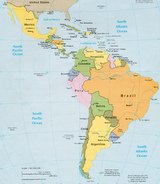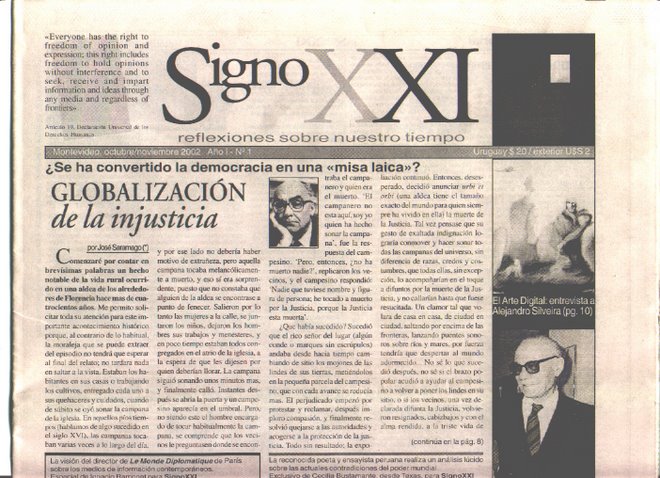Greenback languishes, but not U.S. economy
OTTAWA -- Google the phrase "troubled U.S. economy" and you would swear that T.U.S. was the formal name of the country. With Canada's dollar now far above par, Canadians have further apparent reason to regard the U.S. as "our troubled southern neighbour," as The Globe and Mail did in a front-page story last week.
Not to worry. What country isn't? What economy isn't? And aren't troubles a market prerequisite for savvy equity investors anyway? The important thing, in the end, is almost never the troubles we know. From this existential perspective, Canada could be more troubled than our southern neighbour - but doesn't yet know it.
The U.S. is actually doing quite well - notwithstanding, among other tribulations, the war in Iraq, the falling dollar, the rising price of oil and the mortgage meltdown.
The U.S. Bureau of Economic Analysis (BEA) reported last week, for example, that real gross domestic product growth hit 3.9 per cent annualized in the third quarter, fractionally better than 3.8 per cent in the second quarter, pushing nominal GDP beyond $14-trillion (U.S.). These GDP dollars aren't quite what they used to be, but there are a lot more of them.
The country remains on track to produce $50,000 in per capita GDP by 2010, up from $44,000 in 2006. The moment will be symbolically important - demonstrating that the "GDP gap" between the U.S. and the rest of the world will probably widen in the years ahead whether Americans produce the highest rates of growth or not. When your base number is large enough, relatively small percentage increases in growth produce more wealth than relatively large percentage increases on smaller numbers.
American GDP, however, is not simply living off its past success. In the third quarter, the BEA reported, worker productivity increased at an annual rate of 4.9 per cent (seasonally adjusted), a phenomenal showing by the statistic that heralds the rise of a country's standard of living.
And real wages did increase sharply in the quarter - personal incomes rising by a nominal 5.8 per cent, and disposable personal incomes rising by a nominal 6.1 per cent. On an annual basis, in the past 12 months, disposable incomes - after taxes and adjusted for inflation - have increased 4 per cent, a national increase in spending money of $340-billion. (Statistically, in the quarter, higher gasoline prices appear to have had almost zero impact on the economy, in part because consumer energy consumption, per unit of GDP, has fallen 50 per cent since 1987.)
Further, U.S. employment increased in October for the 50th consecutive month - driven by 65,000 new jobs in the professions and in business, not as in Canada by public sector jobs that outnumbered private sector jobs by a ratio of nearly six-to-one (35,000 to 6,500).
The U.S. economy has now produced 1.7 million new jobs in the past year, 8.5 million since 2003, a number equal to half of Canada's labour force. The U.S. unemployment rate is 4.7 per cent, an increase of 0.3 percentage points in the past year (because of the slump in the housing industry). The American jobless rate remains more than 20 per cent lower than the Canadian rate.
Furthermore, the U.S. growth rate has been driven by capital investment and exports. In the third quarter, construction for business purposes increased, year over year, by 7.9 per cent, exports by 9.6 per cent. The trade deficit has fallen, year over year, by 6.7 per cent. All fretting aside, the accumulated trade debt has yet to drive up long-term interest rates.
Core inflation (running at an annual rate of 1.9 per cent) remains below the U.S. Federal Reserve target rate of 2 per cent and seems to be slowing. The economy looks nicely balanced between inflation and deflation.
Meantime, the U.S. federal budget deficit shrinks rapidly, month by month - by $250-billion a year in each of the past three years. The deficit has fallen to 1.2 per cent of GDP - half the 2.4 per cent average of the past 40 years, one-quarter the 4.8-per-cent average during Ronald Reagan's presidency. Canada has done better only by keeping taxes extraordinarily high.
And the falling dollar?
The currency now hovers roughly where it hovered 15 years ago in the prosperous years of Bill Clinton's presidency. It reflects American weakness less than the restoration of lethargic economies around the world to greater vigour and vitality - and Canada's abundant access to fossil fuel. But Canada's economic destiny remains inextricably connected to the U.S.
Notwithstanding transient divergences between our two countries, a troubled U.S. economy is necessarily a troubled Canadian economy. A biblical narrative - of Ruth's unseverable connection to Naomi - expresses it perfectly: "Wither thou goest, I will go."
-------------------------------------------------
Ir al Sitio principal Escritos críticos / Ensayos
www.majfud.50megs.com
Reflexiones sobre nuestro tiempo
-------------------------------------------------






No hay comentarios.:
Publicar un comentario